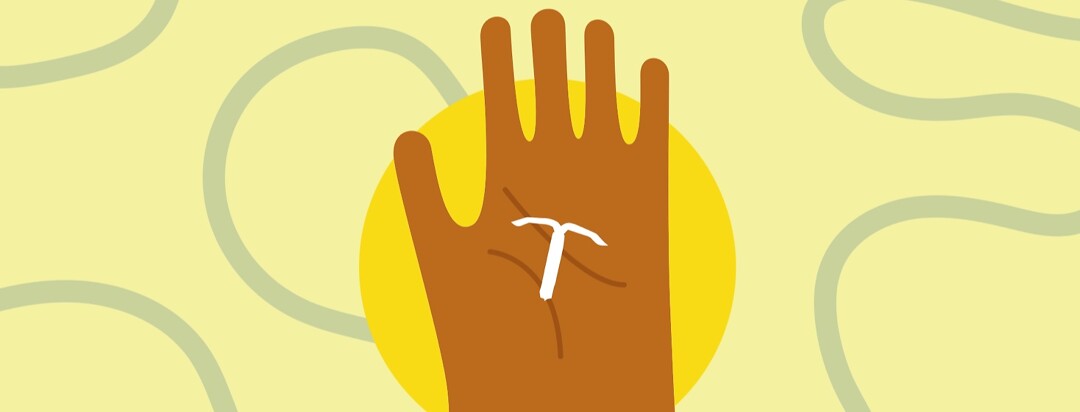The Mirena Coil and Endometriosis
The Mirena coil (IUS or intrauterine system) is a form of contraception. It consists of a small, plastic T-shaped device that is placed directly into the uterus (womb) by a doctor or nurse.1,2
The Mirena releases a progestogen hormone (a synthetic form of progesterone), called Levonorgestrel, into your bloodstream. This hormone thickens the mucus in the cervix and thins the lining of the uterus.1,2
Non-hormonal coils (IUDs) are also available, however, these are not used for the treatment of endometriosis.
How can the coil help with endometriosis?
It is thought that the hormone estrogen encourages endometriosis tissue to develop. The aim of the coil is to control or stop estrogen being produced in your body, therefore, suppressing the growth of endometriosis deposits. Inflammation caused by the disease may also be relieved.
What to expect during the procedure
Before having the coil inserted, your doctor will need to examine you internally to ensure you are able to have it fitted.
To fit the coil, a speculum is inserted into the vagina to open it up, and a thin tube containing the coil is passed up through the cervix into the uterus. Through this, the coil is pushed in to place. The coil has 2 threads that hang down from it and these will be trimmed. The doctor will then show you how to feel for the threads yourself - this is so you can check the coil is correctly in place.
Will it hurt? Well, everyone is different, but, I would say that mild to moderate discomfort during the procedure is normal. Personally, as someone who finds any internal difficult, I found the insertion really painful. However, some people don't experience any pain. If you feel any discomfort though, please tell your doctor.
My experience of life with the coil
The first 6 months after having the coil fitted were a real rollercoaster. I felt so nauseous that I could barely eat and I lost a lot of weight. But, my acne cleared and my libido increased.
The nausea eventually settled. And, although I did have some breakthrough bleeding, I had very little pain and in general, I felt the best I had done in a long time.
Unfortunately, by 11 months in, I began to have problems again. The bleeding became severe and extremely painful, the nausea returned, my libido vanished and I was having hot flushes, mood swings, heartburn and my acne worsened.
I was put on a contraceptive pill to help with the bleeding but a couple of months later, I ended up in hospital with a severe flare up. I had my coil removed after this.
Ultimately, I would say my time with the Mirena coil was more of a rocky one, rather than a wholly negative experience, as initially it worked very well for me, albeit with many inconvenient side effects.
Please note, this is my own personal experience of the implant. Not everyone will have the same experience.
Remember, the decision to try a treatment is down to you, and you only.

Join the conversation